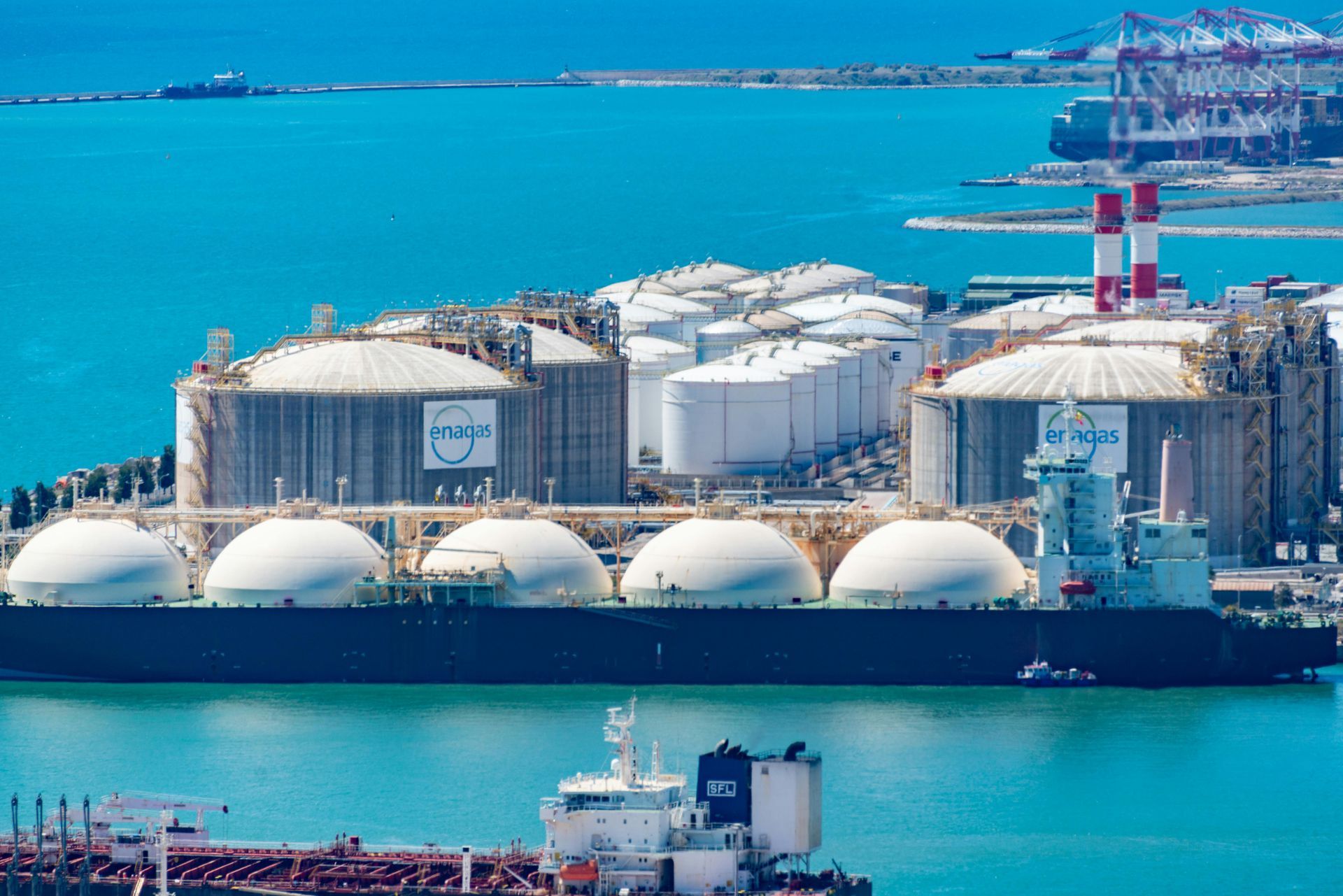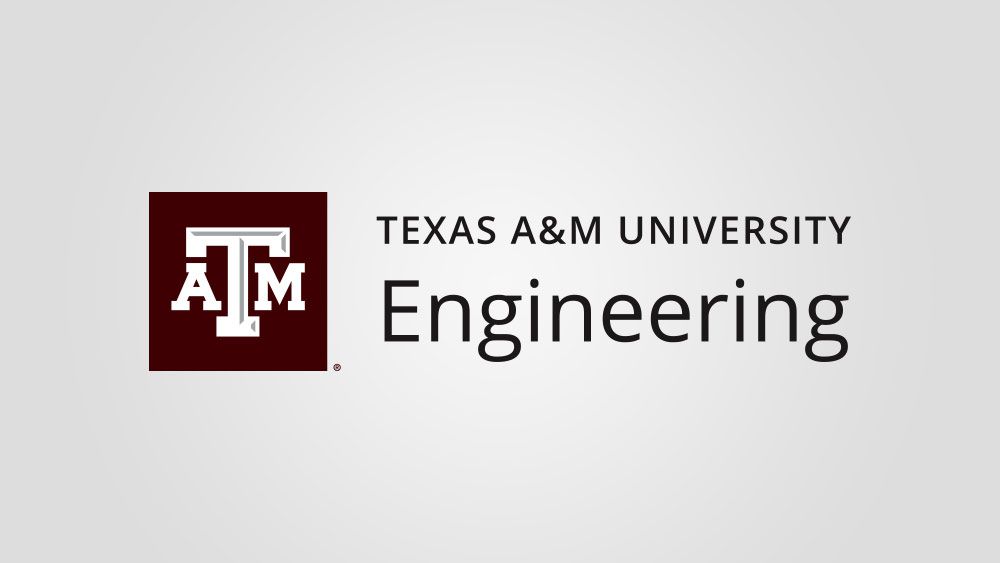Funding from President Biden’s Investing in America Agenda will Boost U.S. Manufacturing, Strengthen Domestic Clean Energy Supply Chains, and Revitalize Energy Communities, Creating Nearly 1,500 High-Quality Jobs
WASHINGTON, D.C. — The U.S. Department of Energy (DOE) today announced $275 million for seven projects to strengthen clean energy supply chains and accelerate domestic clean energy manufacturing in seven states across the nation. Each project positions the U.S. to enhance its global competitiveness and national security by building domestic supply chains for existing and emerging technologies, built with American labor and materials. Thanks to the President’s Bipartisan Infrastructure Law, these projects will leverage over $600 million in private sector investments into small- and medium-sized manufacturers and create nearly 1,500 high-quality, good-paying jobs in cutting edge technologies. The portfolio of projects will address critical clean energy supply chain vulnerabilities by supporting key materials and components for energy storage for grid and transportation uses, wind energy, and energy efficient solutions for buildings. In addition to co-location with energy communities, the majority of selected projects will be in or adjacent to disadvantaged communities, supporting the Biden-Harris Administration’s efforts to ensure every community is included in our clean energy future.
The global market for clean energy and carbon reduction technologies is anticipated to reach a minimum of $23 trillion by 2030, and the President’s Investing in America agenda is helping ensure the nation’s energy communities take part in this massive economic opportunity. The U.S. economy grew at the fastest pace in nearly 40 years in recent years, and manufacturing as a share of U.S. gross domestic product (GDP) returned to pre-pandemic levels. The project selections announced today will strengthen domestic clean energy supply chains by making them more resilient, robust, and cost-competitive.
The selected projects with small and medium-sized manufactures will build up the production of technologies, such as insulated windows essential in large building retrofits, wind turbines, materials for grid components and critical battery materials, to reduce the nation’s reliance on fossil fuels, strengthen national defense and energy independence, and mitigate the climate crisis. The seven projects selected for negotiation of award focus on manufacturing products and materials that address multiple needs in the domestic clean energy supply chain.
The lead organizations are listed below along with their proposed project locations.
- Alpen High-Performance Products, Inc., will retrofit existing facilities in Louisville, Colorado, and Vandergrift, Pennsylvania, for production of ultra-thin, triple and quad-pane insulated glass units (IGUS) for windows. These retrofitted facilities will the first of their kind in the U.S.
- Boston Metal will build a new facility in Weirton, West Virginia, to manufacture ultrapure chromium metal and high temperature alloys that are critical materials needed for clean power, fuel cells and green steel supply chains.
- Carter Wind Turbines, LLC, a family-owned company will build a new facility in Vernon, Texas, to scale production of mid-sized turbines and improve wind energy access for remote, rural locations, and rugged terrains.
- CorePower Magnetics, Inc., will retrofit an existing facility in Pittsburgh, Pennsylvania, for melting and casting of advanced magnetic amorphous alloys for grid components.
- FastCAP Systems d/b/a Nanoramic Laboratories, will build a new facility in Bridgeport, Connecticut, to manufacture lithium iron phosphate (LFP) battery electrodes for grid storage.
- LuxWall Inc will build a new facility in Detroit, Michigan, to manufacture vacuum insulated glass (VIG) window units, one of the highest energy efficient return-on-investment (ROI) options used to retrofit buildings.
- MP Assets Corporation will build a project in Virginia, to manufacture lithium-ion battery separators important for electric vehicle supply chains.
MESC leads several of DOE’s Bipartisan Infrastructure Law investments, including the Advanced Energy Manufacturing and Recycling Program. Selection for award negotiations is not a commitment by DOE to issue an award or provide funding. Before funding is issued, DOE and the applicants will undergo a negotiation process, and DOE may cancel negotiations and rescind the selection for any reason during that time. DOE anticipates moving quickly on another investment round in the U.S. advanced energy manufacturing sector to continue accelerating domestic clean energy manufacturing.







